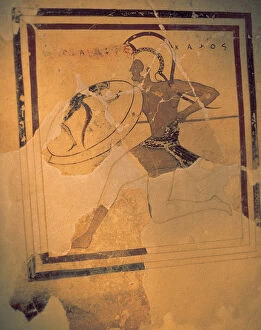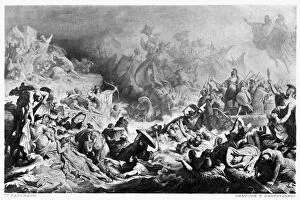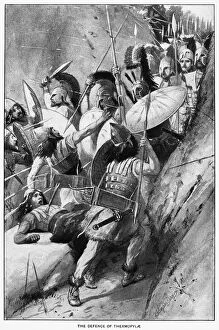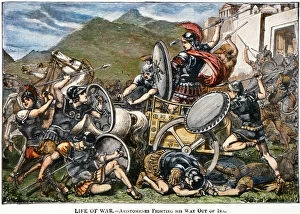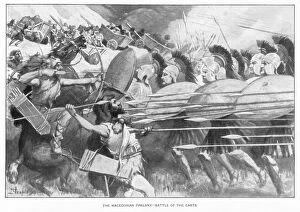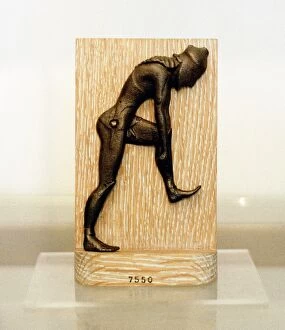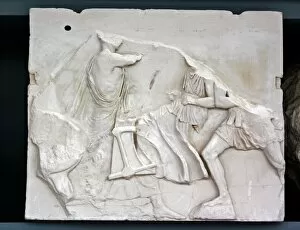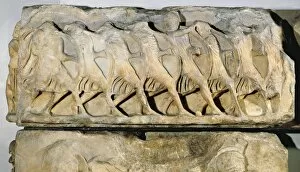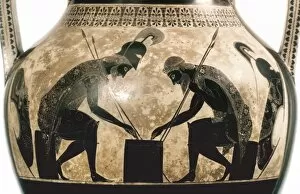Hoplite Collection (#2)
"Hoplite: The Mighty Greek Warrior of Ancient Greece" Step back in time to the Battle of Salamis, 480 B. C
For sale as Licensed Images
Choose your image, Select your licence and Download the media
"Hoplite: The Mighty Greek Warrior of Ancient Greece" Step back in time to the Battle of Salamis, 480 B. C. , where history witnessed an epic clash between the Persian army, led by King Xerxes I, and the valiant Greek army under Themistocles. This monumental sea battle forever etched the name "hoplite" into the annals of military history. Immerse yourself in the rich tapestry of Ancient Greece as you envision a hoplite - a formidable warrior donning his distinctive ancient Greek costume. With his bronze helmet adorned with a majestic plume and his sturdy shield emblazoned with symbols representing bravery and honor, he stood ready to defend his homeland against any foe. The image comes alive through various depictions like the Funerary stele of Sosias and Kephisodoros from 410 BC or vividly painted scenes on ancient Greek vases showcasing intense combat between Persians and hoplites during this tumultuous era. One such depiction features a Mil Mi-2 Hoplite helicopter bearing its name as homage to these legendary warriors. Even centuries later, their legacy lives on through artistry like Socrates' portrait from 1830 or within tales woven by ancient Greek mythology itself – Athena, goddess of wisdom and warfare, watched over these brave soldiers. Intriguingly juxtaposed alongside hoplites were Helots – enslaved individuals who fought alongside their fellow Greeks. Together they formed an indomitable force that exemplified unity amidst adversity. So let us pay tribute to these courageous fighters whose unwavering dedication shaped history's course. The hoplites embodied valor personified; they were more than just soldiers but guardians of freedom for generations yet unborn.



